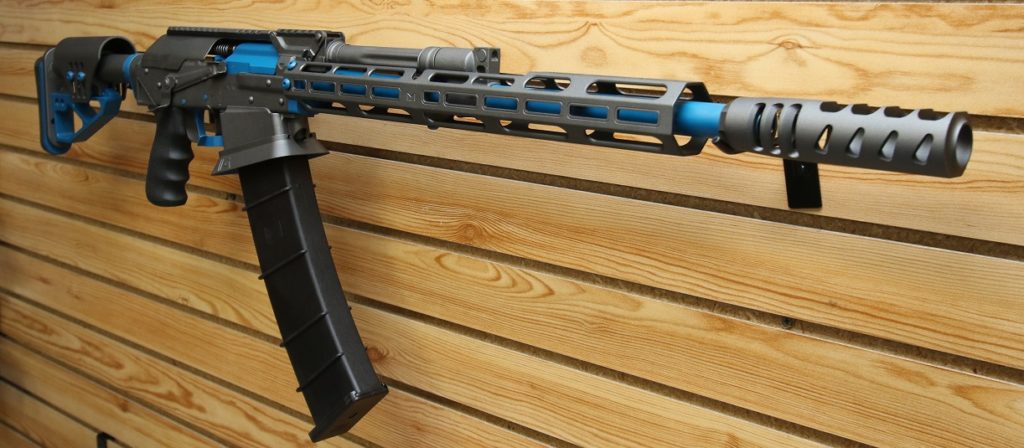
At 5’8” I have always found this length to be a good fit for me, and when the gun arrived I confirmed this on the first shouldering. As it was available in 22-, 26- or 28-inch barrel options, I chose the middle ground. The V3 Sport comes in a variety of trim options, but I really liked the simplicity of the Black Synthetic model, so I ordered one up for testing. These vent any excessive gas that might be generated by substandard ammunition or poor-quality handloads.

Completing the gas system are two overpressure valves at the 12 o’clock position. As only a select group of shotgun users need this capability, it was an easy feature to scrap to help economize the new design. You’ll note that the V3 will not accept 3½-inch shells like the more expensive Versa Max. When a 2¾-inch shell is chambered, all eight of the ports are open and will direct gas below into the dual pistons that blast the action open before the dual return springs return it to battery, chambering the next round and making the gun ready to fire again.īecause 3-inch shells generate more pressure, when these are chambered they cover up half of the ports, ensuring that the action receives just the right amount of gas to cycle without damaging it. The V3 version of the system is built with eight gas ports drilled into the chamber from approximately five to seven o’clock. The V3 Field Sport maintains the same Versaport technology of its more feature-full predecessor. By refining the overall design Remington was able to use that same gas system and mate it to a shorter receiver, creating the V3 Field Sport, available at a lower price point than the first V3s.

The world rejoiced and embraced the new design, but some balked at the price tag.

Years ago Remington solved this by introducing a new gas system that varied depending on the length of the shell that was chambered. After all, if an inertia gun doesn’t find a firm shoulder to recoil against (like that of a seasoned shooter’s) it likely won’t run properly.

The trouble here is that shooters who do this usually find a sharp increase in recoil and reliability issues related to poor stance and follow-through. If this continues, frustrated shotgunners often abandon their gas-operated scatterguns and sub in an expensive inertia-driven one. While shotgunning is fun, nothing is more frustrating than attempting that second shot on a report pair only to find out that your semi-auto didn’t cycle. The folks at Remington, makers of the V3 Field Sport shotgun, know there is probably no better feeling than breaking a clay or watching tasty woodland creatures hit the ground after a well-placed shot.


 0 kommentar(er)
0 kommentar(er)
